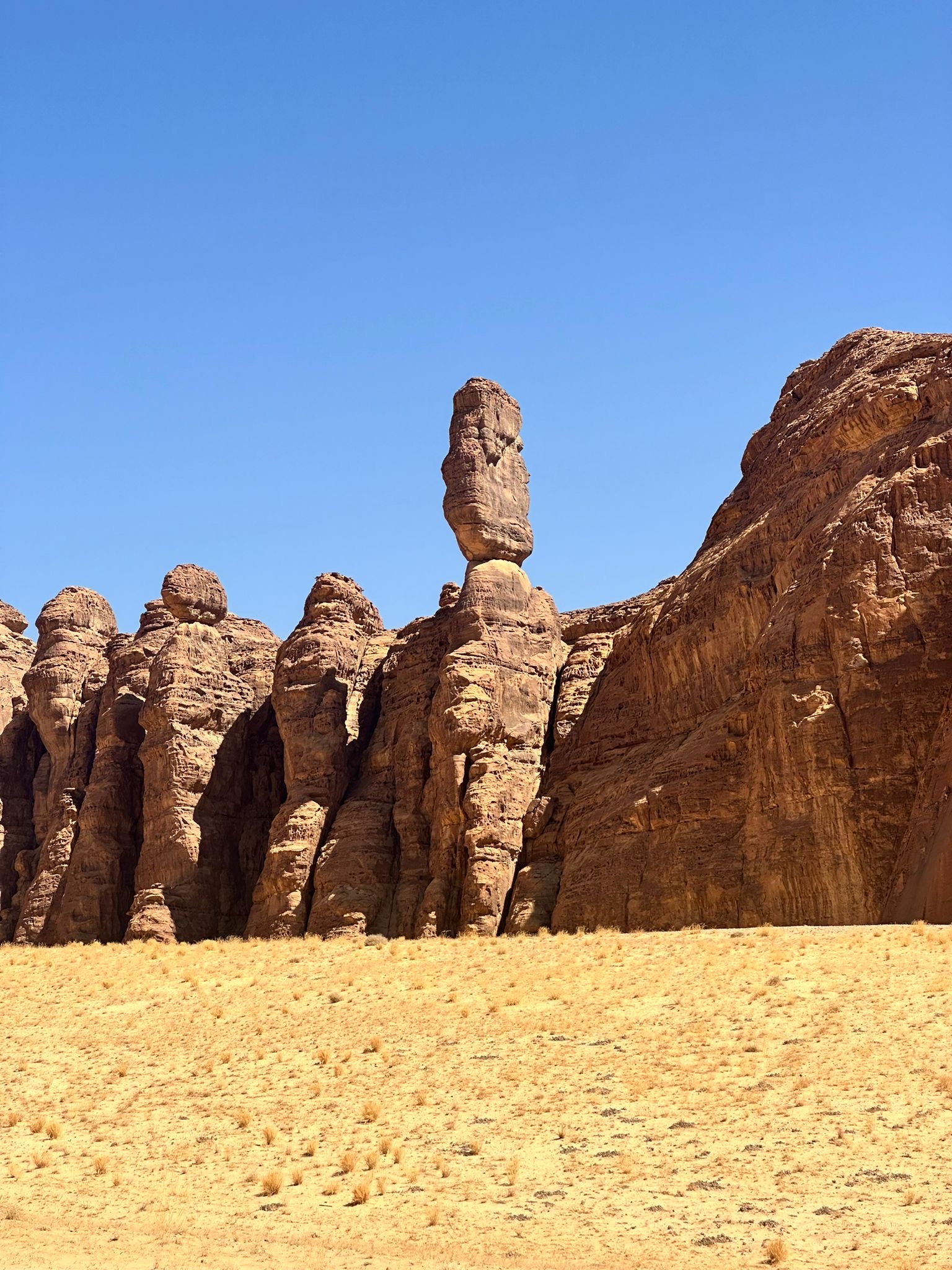Buzkashi, also known internationally as dead goat polo, is one of the world’s most dangerous and intense traditional sports. Played on horseback with a headless goat carcass as the centerpiece, it combines elements of rugby, polo, and battle. While it may sound brutal to outsiders, this game is deeply embedded in Afghan culture and heritage.
At a time when Afghanistan was undergoing dramatic political change, our team at Stock Stop took on the challenge of filming the last raw Buzkashi games—capturing the sport as it was originally played, before the rules were changed and the use of a dead goat was replaced with a sack.
This project became one of our longest and most demanding productions, filmed over nearly two years across multiple Afghan cities. It offers a rare glimpse into a centuries-old tradition on the verge of transformation.
What Is Buzkashi? An Ancient and Dangerous Sport
Buzkashi (meaning “goat pulling” in Persian) is played by teams of horsemen, called chapandaz, who compete to grab a decapitated goat carcass from the ground and carry it to a scoring zone—all while being chased, blocked, and tackled by dozens of other riders. There are no fixed teams, and no protective gear beyond what each rider chooses to wear, which often includes metal armor, leather, and sometimes makeshift helmets made from military tank parts.
The sport is physically brutal. Horses collide at full speed. Riders fall and get dragged. Whips are used—not just on horses, but sometimes on competitors. Despite this, Buzkashi is a point of pride in Afghanistan and symbolizes courage, power, and endurance. It is one of the most dangerous traditional games still played in the world today.
Why We Decided to Document It
Our team began this project in 2021, the same year the Taliban returned to power in Afghanistan. This shift resulted in the suspension of many cultural and public events, including Buzkashi matches. We recognized that this moment was critical. Not only was the game at risk of disappearing in its original form, but the entire tradition was facing a turning point.
We chose Afghanistan specifically because it is the last country where Buzkashi is still played in its original, raw, and unrestricted format. Many Central Asian countries now play more regulated versions, replacing the goat with a sack and enforcing stricter rules. But in Afghanistan, the sport still resembled what it had been for generations—untamed and deeply emotional.
As a company that documents heritage, culture, and traditional practices around the world, we felt a responsibility to preserve this moment in time. It was not just about capturing action, but about showing how heritage lives on even during political conflict and uncertainty.
Where and How We Filmed
Our documentary was filmed across Kabul, Herat, and several smaller towns over a span of nearly two years. Gaining access to these events during a time of national instability was no small task. We faced multiple challenges including security risks, legal restrictions, and logistical barriers.
We worked closely with local fixers, cultural advisors, and government offices to secure proper permits, especially for aerial drone filming during live competitions. Our crew included cameramen on the ground, operating close to the action, and drones in the sky to capture the scale of the game and the energy of the crowds.
Unlike a staged production, everything we captured was real. Dust clouds rising from hooves, chaotic scrambles for the carcass, injuries, and emotional reactions from the audience—it was all part of the raw beauty of the sport.
Challenges of Filming in Conflict Zones
Filming in a high-risk region like Afghanistan, especially during times of political transition, presents unique challenges. We had to consider the safety of our crew and the ethical responsibility of documenting communities during sensitive times.
While there were moments of tension and unpredictability, we were welcomed with immense hospitality. The local teams, organizers, and community members understood our goal and shared our passion for preserving the true nature of Buzkashi before it was altered permanently.
Our work highlights the difficulties and importance of filming heritage in conflict zones, where access, safety, and cultural sensitivity must all be balanced carefully.
Why This Documentary Matters
What sets this project apart is timing. We filmed just before a major shift in how Buzkashi is played. In many cities now, the use of a goat carcass has been banned, replaced by a canvas sack in response to social and political pressure.
By capturing the original form of the game, our film preserves a version of Buzkashi that few will ever see again. We documented both the traditional game and the transitional matches that followed, offering insight into how cultural practices evolve under pressure.
The documentary also tells a broader story—about the role of tradition in uncertain times, and how communities hold onto their identity through sport, ritual, and unity.


